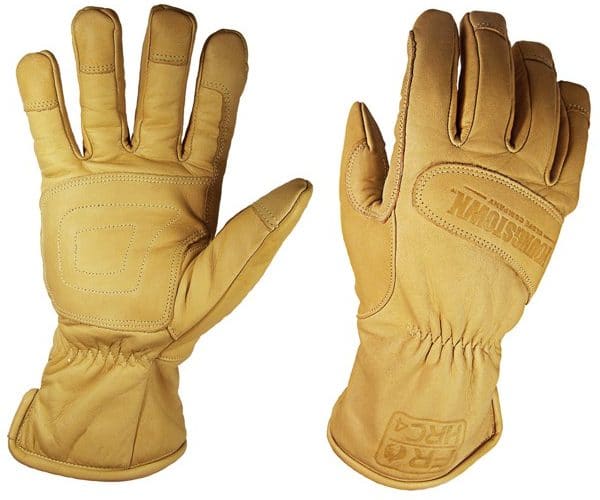An electrical technician for Republic Steel in Blasdell, NY, sustained several arc flash injuries in October 2014 while working on live equipment. The employee suffered first degree burns on her face and third degree burns on her hand.
She was removing wiring from a fan motor in an overhead crane; an ungrounded electrical conductor touched the grounded surface, causing an arc flash. She was not wearing face or hand protection. Republic Steel has been cited with failure to provide and ensure the use of that protection. The company had previously been cited for similar violations at a different location. The two repeat violations ($70,000 fine per violation) at the NY manufacturing plant make up the bulk of the total fine. A third citation claims the company failed to protect the employee against contact with live equipment; this fine was $7000, bringing the total fine to $147,000.
NFPA 70E 130.7(C) states that “all parts of the body inside the arc flash boundary shall be protected.” In that same section, it states employees must wear “nonconductive protective equipment for the face, neck, and chin whenever there is a danger of injury from exposure to electric arcs or flashes” or even from the debris coming from the explosion. The use of safety glasses are a relatively inexpensive way to help protect workers. But they will not protect the worker from arc flash; face shields must also be worn over the glasses for arc flash protection.
NFPA 70E 130.7(C)(7) discusses arm and hand protection.
Gloves are a primary protection from shock hazards. Workers are required to wear rubber insulating gloves with protectors when exposed to shock hazards. They need to wear both the rubber insulating gloves and the protectors. The protectors prevent damage to the insulated glove and therefore better protect workers from shock injuries. OSHA regulation 1910.137(b) requires that protector gloves be worn over insulating gloves with only a few exceptions.
Although not yet rated for arc flash protection, leather protectors do provide a substantial degree of protection from the heat of an arcing event. ASTM D120 gloves are made only of rubber and are primarily for shock protection, though historically they have been covered with a leather protector glove (ASTM F696) and provide excellent arc flash protection. Research is ongoing, but some suppliers plan to label their D120 gloves with F2675 arc ratings and ignition values and ASTM F18 is considering a new standard for non-leather protector gloves to make working with rubber insulating gloves just as protective and even easier.
Read OSHA’s release of the Republic Steel accident here.

